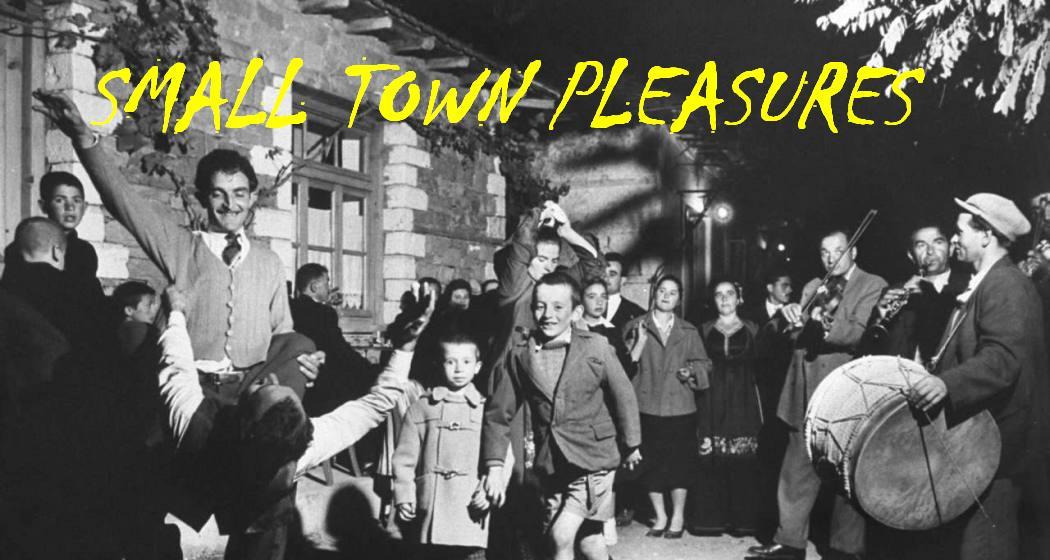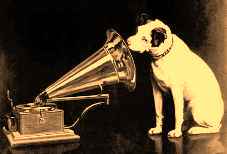


Odessey and Oracle was recorded in 1967 after the Zombies signed to the CBS label, and was only the second album they had released since 1965. As their first LP, Begin Here, was a collection of singles, Odessey can be regarded as the only "true" Zombies album. While their first album included several cover versions, Odessey consisted entirely of original compositions by the group's two main songwriters, Rod Argent and Chris White.
The group began work on the album in June 1967. Nine of the twelve songs were recorded at EMI's Abbey Road Studios, where earlier in the year the Beatles had recorded Sgt. Pepper's Lonely Hearts Club Band and Pink Floyd recorded The Piper at the Gates of Dawn. This was the first time Abbey Road would be used for an independently produced (non-EMI) release.
In August, when Abbey Road was unavailable, the Zombies temporarily shifted base to Olympic Studios where they recorded Beechwood Park, Maybe After He's Gone and I Want Her She Wants Me. They returned to Abbey Road Studios in September. The sessions ended in November and the final two tracks to be recorded were Time Of The Season and Changes.
............................
Argent and White mixed the album down into mono, but when they handed the master to CBS, they were informed that a stereo mix was required. The recording budget having been spent, Argent and White were forced to dip into their songwriting royalties in order to pay for the time and resources needed to create the stereo mix. Unfortunately, this was the last straw for Paul Atkinson and Colin Blunstone, who quit and effectively split up the band. The stereo mix was completed on January 1, 1968, but by then the Zombies were no more.
One major problem arose when it came time to mix This Will Be Our Year into stereo. Zombies original producer Ken Jones had dubbed live horn parts directly onto a mono mixdown. With the horns not having been recorded on the multi-track beforehand, a faked stereo mix had to be made of the mono master, and it wasn't until the 1997 Zombie Heaven boxset that it was finally given a stereo mix, albeit minus the horns. This was made possible because the Zombies owned the multi track masters, which are in the possession of Chris White.
............................
Odessey and Oracle was released in the UK on April 19, 1968 and in the United States in June. The single "Time of the Season" became a surprise hit in early 1969, and Columbia Records (in the United States) re-released Odessey in February, with a different album cover that severely cropped the original artwork.
American CBS boss Clive Davis initially decided not to release the album. However, at the urging of staff producer Al Kooper, the U.S. CBS/Columbia Records label was eventually persuaded to release the album on their small Date Records subsidiary label. Kooper had picked up a copy of the album during a trip to London, and when he returned to America and played the album, he loved it and believed it contained three hit singles. CBS chose to release Butcher's Tale as the first single in the States, feeling the song's anti-war theme would resonate with record-buyers due to the Vietnam conflict. After its release, Time Of The Season slowly gained popularity before finally hitting big on the US charts in 1969, by which time Rod Argent and Chris White were busy with their new band, Argent...
Here
















































.jpg)

